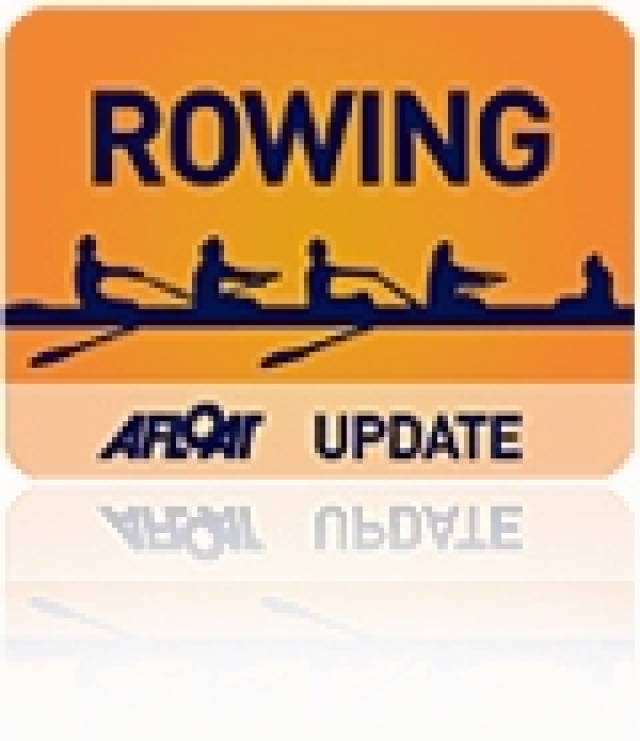#Rowing - The second annual Dublin Currach Regatta will take place on Sunday 15 June.
Sponsored by the Dublin Port Company and Dublin City Council, the event will be hosted at the East Wall Water Sports Centre on the Tolka Estuary just off the Alfie Byrne Road in Dublin 3.
This is the second year that the East Coast has had the privilege of hosting a currach regatta included in the National Currach Racing League, an Coiste Lar Na gCurrachai.
Following the construction of two new currachs at the East Wall Water Sports Centre, and after many years of forging contacts between East Coast currach rowers and teams in the West of Ireland, this is the first year that Western rowing teams will come to Dublin to compete in a championship fixture.
Currach racing teams from Donegal, Kerry, West Clare, the Aran Islands, Connemara and Galway will be in attendance, bringing their own boats from as far west from Inis Óirr to compete on the day.
The race day schedule will feature qualifying heats followed by the senior men’s and women’s finals, as well as under 18s racing.
All races will take place between 11.30am and 5.30pm and can be viewed from the vantage point of the East Wall Water Sports centre as well as along the Clontarf Road.
For more details contact David Kelly on 087 961 2803 or visit www.dublincurrach.com.


























































